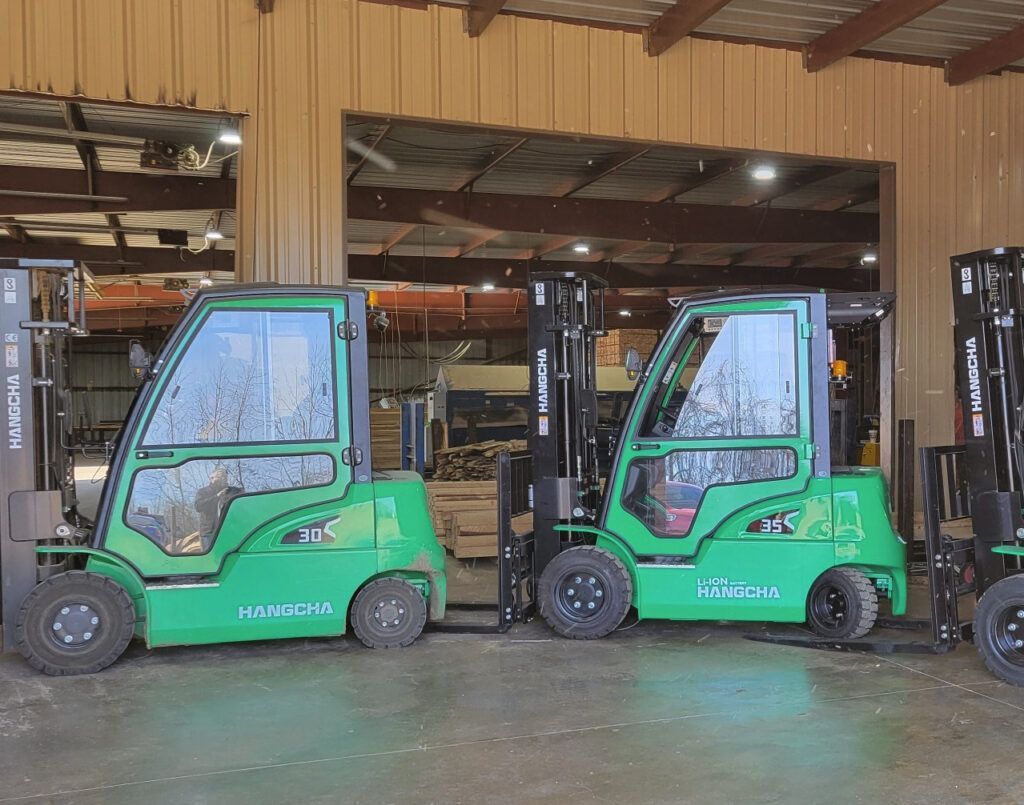The Benefits of HVLS Fans
The Benefits of HVLS Fans
The Benefits of HVLS Fans. High-volume, low-speed (HVLS) fans offer tremendous benefits, benefits that you’ll see reflected in your bottom line and in the moods of your employees. We’ll even go so far as to say that investing in MacroAir HVLS ceiling fans is one of the smartest things you can do for your business. It may very well revolutionize—excuse us— transform your notion of just how valuable your ceiling fan choice can be.
But enough with the hype. Just what exactly are the benefits of HVLS fans?
Improve Staff Productivity
You may already think we’ve gone too far. Just how can a fan improve productivity? The truth is, uncomfortable workers are unfocused workers. If your team is stressing out about being too hot or too cold in your warehouse, they’re not tuned into the job at hand. Traditional HVAC solutions work to pull air in from outside and flush out stale air. But the truth is, this exchange takes place high up in the warehouse, with the effects barely felt on the ground below. HVLS ceiling fans will alleviate that problem right away.
Even Out Temperatures
Air has a tendency to stratify. In other words, it separates into different heat layers, with the hottest air up above and the coolest air down below. This is a large part of the reason traditional HVAC systems have trouble reaching the ground. HVLS fans de-stratify the air, mixing these different layers together and balancing out temperatures.
Boost Safety (and Inventory Quality)
Even on a day that doesn’t feel especially humid, rest assured that water is traveling in the air. When that imperceptible water vapor collects, it causes problems, and that collection happens at the coolest available points. In warehouses, the uneven heat distribution in the air causes water to pool on exposed materials, negatively impacting quality.
Do you know one of the most common points of condensation? The cool concrete floor. That presents a tripping hazard for your employees, putting them at risk. By evening out air temperatures, HVLS fans help disperse water vapor to prevent it from pooling.
Save on Maintenance
Not only can one 24-foot HVLS MacroAir fan replace upwards of two dozen 36-inch fans, HVLS fans require far less maintenance than their smaller counterparts. Pair that with an impressively long lifespan, and HVLS fans are the definition of a good investment. And if maintenance is required, you can count on Benco Industrial Equipment here in St. Louis, MO for reliable HVLS fan service.
Install with Ease
We know what you’re thinking: You don’t have the time or capital to retrofit your duct work to fit a new HVLS fan. In that case, you’ll be happy to know that MacroAir HVLS fans require no duct work. They can operate by themselves if need be, or work in conjunction with your existing HVAC system. This keeps your investment low and your returns high, especially considering the incredible efficiency delivered by HVLS fans.
Count the Savings
More productive workers, more reliable inventory quality, less maintenance, and significantly lower heating and cooling costs. That’s an impressive list, the effects of which translate to tangible savings for your business.
Give us a call at 636-486-1693 to learn more about outfitting your warehouse with MacroAir HVLS fans.
The post The Benefits of HVLS Fans appeared first on Benco Industrial Equipment.




